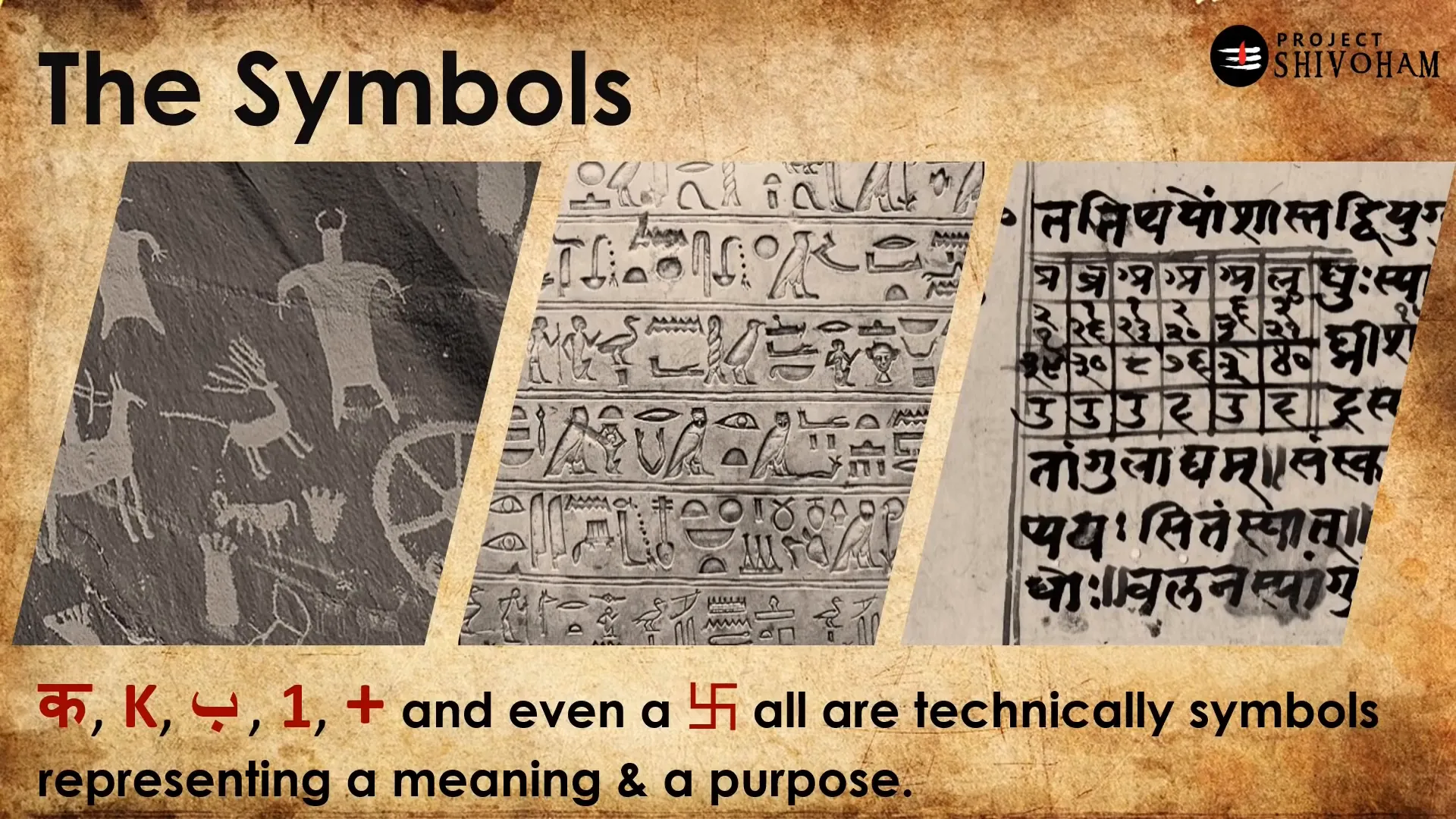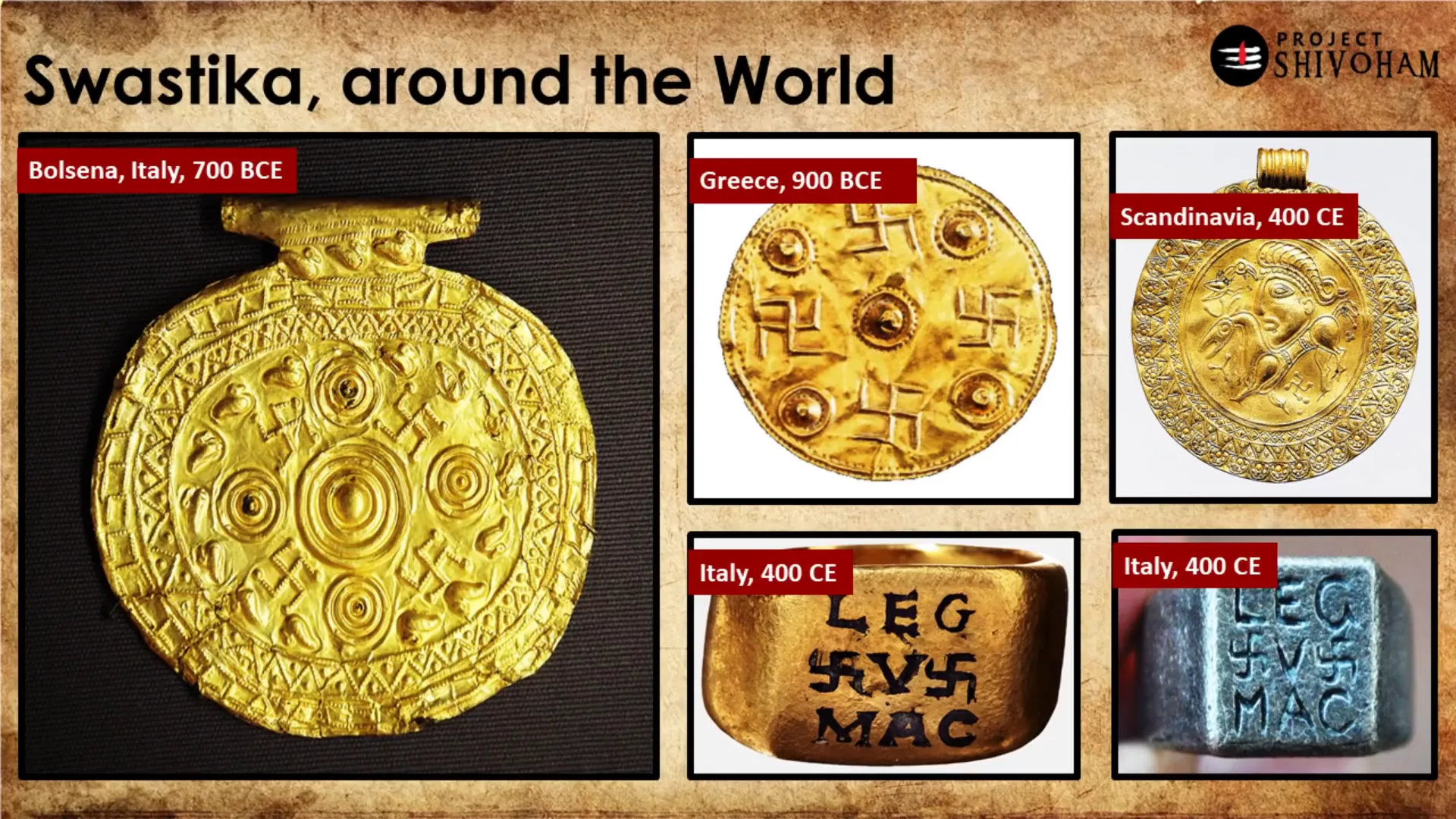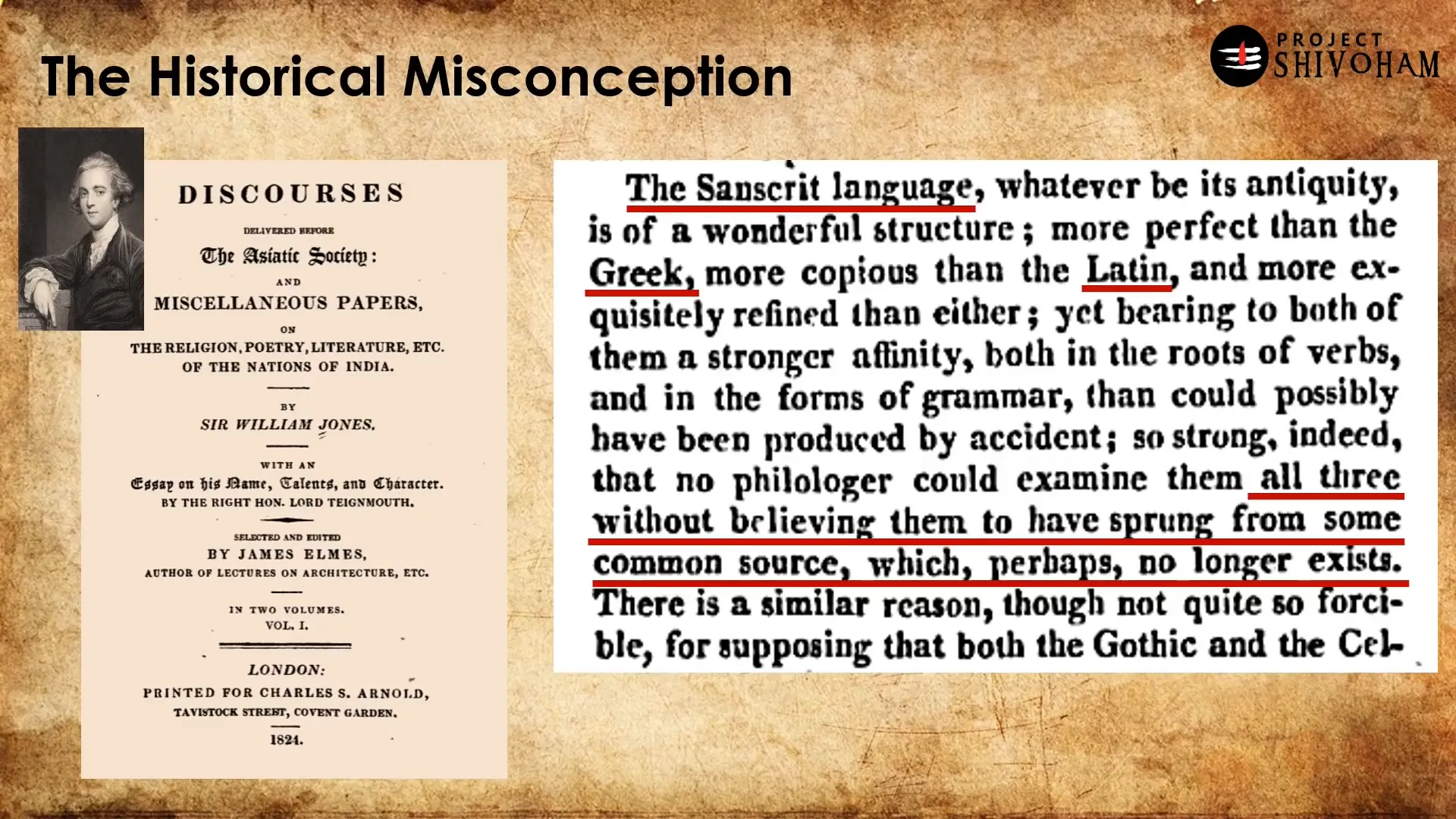The symbol of the Swastika is one that resonates deeply across cultures and continents, yet its perception varies drastically depending on where you stand in the world. In the West, the Swastika is often associated with hate, racism, and the dark horrors of the Holocaust. However, in the East, it is revered as a symbol of peace, prosperity, and well-being. This article dives into the lesser-known and often misunderstood history of the Swastika, unraveling its ancient roots, cultural significance, and the unfortunate misuse that has clouded its true meaning.
We will explore the heritage of the Swastika across civilizations, the Nazi appropriation of the symbol, and most importantly, the Vedic origins and significance of the Swastika in the dharmic traditions. This comprehensive exploration aims to shed light on the profound symbolism and historical journey of one of the oldest symbols known to humanity.
Table of Contents
- Understanding the Heritage of the Swastika Across the World
- The Nazi Appropriation and Abuse of the Swastika
- Decoding the Vedic Heritage of the Swastika: Its True Roots
- Summarizing the Three Pillars of the Swastika’s Meaning
- Conclusion: The Untold History and Enduring Legacy of the Swastika
- Frequently Asked Questions (FAQ) About the Swastika
Understanding the Heritage of the Swastika Across the World
Symbols have been an intrinsic part of human expression since the dawn of civilization. From ancient cave paintings to inscriptions on temples and tombs, symbols articulate human thoughts, beliefs, and cultural values. The Swastika stands out as one of the oldest continually used symbols in human history, appearing across a diverse range of cultures and geographies.
To truly appreciate the Swastika, it is important to understand that everything we read, see, or write is essentially a symbol. Alphabets, numbers, signs — all these are symbols with assigned meanings. For example, the Hindi letter ‘क’, the English alphabet ‘k’, the Urdu letter ‘ب’, or even the plus sign (+) are symbols representing sounds, concepts, or operations. Similarly, the Swastika is a symbol with a clear intent, meaning, and purpose.

The Swastika has been found on pottery dating back nearly 3,000 years, such as those from ancient Greece (circa 760 BC to 400 BC), where it was not a mere decoration but a central aesthetic element, deliberately placed and crafted with significance.

Its presence extends beyond pottery to coins and ornaments from ancient civilizations across Eurasia, including the Minoan civilization, which predates Greek civilization. Artifacts from Italy to Scandinavia, dating back 2,000 to 2,500 years, also feature the Swastika, preserved in museums worldwide.

Such widespread use across continents — Europe, Asia, Africa, and even the Americas — indicates that the Swastika was part of a shared cultural fabric among ancestral civilizations. This complexity and uniformity in design suggest that the symbol was not a coincidence or a product of random intuition. Instead, it points to a deep-rooted, common cultural or spiritual significance that transcended geographic boundaries.
Unfortunately, many of the cultures that once held the Swastika in high regard have vanished or evolved, making it challenging to trace the precise cultural connections or meanings they attributed to the symbol. Yet, the Swastika remains vibrantly alive in the East, particularly within the dharmic traditions — Sanatana Dharma (Hinduism), Bauddha Dharma (Buddhism), and Jain Dharma (Jainism).
Within these traditions, the Swastika is an active symbol of peace, prosperity, and well-being. It is revered with different connotations but unified in its auspiciousness. Collectively, these dharmic religions are followed by over 21% of the global population, including Sikhism, which respects the symbol as part of the broader dharmic heritage, though not worshiping it directly.

Despite this reverence, the Swastika’s meaning in the West is often misunderstood due to historical events, which we will explore next.
The Nazi Appropriation and Abuse of the Swastika
The transformation of the Swastika from a symbol of peace to one of hate is a tragic story rooted in the 20th century. The Nazi regime in Germany, under Adolf Hitler, adopted the Swastika as their emblem, associating it with their supremacist ideology, which led to the persecution and genocide of millions, particularly Jews, in what is known as the Holocaust.

It is important to acknowledge the brutal ideology behind the Nazis — a belief in racial purity that led to horrific crimes against humanity. However, the Nazis’ use of the Swastika was a gross misappropriation, divorced from the symbol’s original meanings.
The roots of this misappropriation trace back to early 19th-century colonial India, then under British rule. Sir William Jones, a British judge and linguist stationed in Calcutta, studied Sanskrit and other oriental languages deeply. In 1821, he published his research suggesting that Sanskrit, Latin, and Greek languages likely descended from a common ancestral source.

Jones described Sanskrit as a language “more perfect than Greek, more copious than Latin and more exquisitely refined than either.” His hypothesis about a shared linguistic ancestry inspired further theories, including the Aryan Invasion Theory (AIT), which controversially posited that the Indian subcontinent was invaded and colonized by Aryan peoples from outside.
This theory was manipulated by racists in Europe, especially the Nazis, to fabricate the idea of an “Aryan race” superior to others. The presence of the Swastika across ancient civilizations was twisted to fit this narrative, associating the symbol with racial supremacy rather than its true spiritual and cultural meanings.
Thus, the Swastika’s adoption by the Nazis was based on a misunderstanding and misuse of historical research and cultural symbols, transforming a symbol of auspiciousness into one of hatred and division.
Decoding the Vedic Heritage of the Swastika: Its True Roots
To understand the Swastika in its truest sense, we must look beyond modern misinterpretations and explore its Vedic origins. The symbol’s significance is deeply embedded in the ancient spiritual and cultural fabric of India, particularly within the Vedas — the oldest sacred scriptures of Sanatana Dharma.
This analysis revolves around three key components of any symbol:
- The Intent — Why was the symbol created? What is its underlying purpose or message?
- The Construct — How is the symbol designed? Why is it constructed in a particular way?
- The Name — What is the symbol called, and what does that name signify?
To illustrate this, consider the word “mango.” When writing or pronouncing “mango,” the intention (to communicate the fruit), the construct (the letters m-a-n-g-o in sequence), and the name (the phonetic sound “mango”) all align. If any of these are mismatched, communication breaks down.
Similarly, the Swastika’s intent, construct, and name must align to convey its true meaning.
The Name: What Does “Swastika” Mean?
The term “Swastika” originates from Sanskrit, a compound of two words: su meaning “auspicious” and asti meaning “to be” or “to happen.” Thus, “Swastika” translates to “may the auspicious happen” or “bringing good fortune.” It is essentially a blessing symbol.
Interestingly, different cultures have had different names for the Swastika, often describing its physical structure rather than its spiritual intent. For example:
- In ancient Greece: It was called tetragammadion, meaning “made of four gammas,” referring to the Greek letter gamma (Γ), which resembles an L-shaped hook. The symbol was literally described as a shape formed by four gammas.
- In Nazi Germany: It was termed Hakenkreuz, meaning “hooked cross,” describing the cross shape with hooked ends.
Both these terms focus solely on the symbol’s physical form, while the Sanskrit name Swastika conveys the ideological and spiritual purpose behind the symbol.

The Intent: The Swastika in Vedic Texts
The intent behind the Swastika is beautifully articulated in the ancient Vedas, especially the Rigveda and Yajurveda. These scriptures contain hymns known as Swastivachanam or Swasti Mantram, which are prayers invoking blessings, prosperity, and peace for all living beings.

The term Swastivachanam means “words of blessings” or “good words.” These hymns pray to Vedic deities such as Indra, Pusha, Garuda, and Brihaspati for universal well-being and peace.
One of the key lines from the Rigveda’s Swasti Mantram reads:
“Swastina indro vrudasravah, swastina pusha vispovey dach, swastina staksharyo arista nei mih, swastino brihaspatiḥ dhadhātu”
Translation: May God Indra of great fame bless us, may the omniscient Pusha bless us, may the protector Garuda bless us, and may Lord Brihaspati protect us.
This prayer repeats the word swasti multiple times, emphasizing the desire for prosperity, well-being, and divine blessings.
Moreover, the very first verse of the Swasti mantra says, “Let the noble thoughts come to us from all four directions.” This phrase resonates with the four-armed structure of the Swastika symbol, suggesting a symbolic representation of blessings and auspicious energy radiating in all directions.

The Construct: Why is the Swastika Designed the Way It Is?
The design of the Swastika — a cross with arms bent at right angles — is not arbitrary. It is a complex symbol that embodies spiritual and philosophical meanings.
The Swastika is often attributed to Sri Mahalakshmi, the Hindu goddess of wealth, prosperity, and fortune. To understand this connection, we must explore the meaning of the word “Lakshmi.”
In Sanskrit, Lakshmi derives from lakshate iti lakshmiḥ, which means “she who is observed or who grants the goal.” The term “lakshya” means “goal” or “target,” and Lakshmi is the divine mother who supports us on our journey towards achieving our goals in life.
In this context, the Swastika could symbolize prosperity and well-being on the path towards one’s goals or “lakshya.”
Although there are no direct scriptural references explicitly linking the Swastika to Sri Mahalakshmi, the tradition of drawing the Swastika in temples and sacred spaces suggests a deep symbolic connection.
To delve deeper, one can study Yantra Shastra and Sri Vidya, ancient sciences of sacred geometry. Sri Mahalakshmi is often consecrated in the form of yantras — geometric diagrams such as the Sri Chakra or Mahalakshmi Yantra — which represent divine feminine energy.
The Swastika’s geometric articulation might have origins or connections within these yantras, symbolizing auspiciousness, balance, and the flow of energy.
Summarizing the Three Pillars of the Swastika’s Meaning
When we bring together the three key components — name, intent, and construct — the Swastika emerges as a profound symbol of auspiciousness and well-being:
- Name: The Sanskrit word Swastika means “may the auspicious happen,” a blessing in itself.
- Intent: Rooted in the Vedic hymns of the Rigveda and Yajurveda, the Swastika embodies prayers for universal peace, prosperity, and noble thoughts from all directions.
- Construct: The geometric design may represent the divine feminine energy of Sri Mahalakshmi, symbolizing prosperity on the journey toward one’s goals.
This alignment of name, intent, and construct is unique and especially evident in the Indian tradition, explaining why the Swastika remains a revered symbol in Bharat (India) and dharmic cultures.
However, the question remains: how did this symbol, so deeply rooted in India, travel across continents and become part of the cultural heritage from India to Ireland in Europe? The answer to this remains elusive, lost in the folds of history and migration of ancient peoples.
Conclusion: The Untold History and Enduring Legacy of the Swastika
The Swastika’s story is a powerful reminder of how symbols evolve and are interpreted across time and cultures. While the West often sees it as a symbol of hate due to its misuse by the Nazis, its true origin and meaning are far richer and more positive.
Rooted in ancient Vedic traditions, the Swastika is a symbol of auspiciousness, peace, and prosperity. It has been a central motif in the spiritual and cultural life of millions in the East for thousands of years. Understanding its Vedic heritage allows us to reclaim its true meaning, separating it from the shadows cast by history’s darkest moments.
As we continue to explore and appreciate the Swastika’s profound symbolism, may we embrace its original message of universal well-being and harmony.
Frequently Asked Questions (FAQ) About the Swastika
What does the word “Swastika” mean?
The word “Swastika” comes from the Sanskrit words su (meaning auspicious) and asti (meaning to be or happen). Together, it means “may the auspicious happen” or a blessing for good fortune.
Why is the Swastika considered a sacred symbol in India?
The Swastika is deeply connected to Vedic hymns that pray for universal peace, prosperity, and well-being. It symbolizes auspiciousness and is often associated with the goddess Sri Mahalakshmi, representing prosperity on the path toward life’s goals.
How did the Swastika become a symbol of hate in the West?
The Nazi party in Germany adopted the Swastika as their emblem in the early 20th century, associating it with their racist ideology. This misuse forever altered the symbol’s perception in the West, linking it to hate and the Holocaust.
Is the Swastika the same symbol across different cultures?
The Swastika appears in many ancient civilizations, including in Europe, Asia, and the Americas. While the physical design may be similar, the meanings and names vary. In India, the symbol carries a spiritual and auspicious meaning, whereas other cultures may have seen it as a geometric or decorative motif.
What is the significance of the four arms of the Swastika?
The four arms of the Swastika are often interpreted as representing the four directions, symbolizing the spreading of auspicious energy and noble thoughts in all directions, as reflected in the Vedic prayers.
How can one differentiate between the Swastika and the Nazi symbol?
The traditional Swastika in Indian and Eastern cultures is often drawn with arms pointing clockwise or counterclockwise and is used in various auspicious contexts. The Nazi Swastika is specifically rotated 45 degrees and used in a particular style as a symbol of hate. Understanding the context and cultural background is essential.
Why is the Swastika still used in Indian homes and temples?
In India, the Swastika remains a symbol of good luck, prosperity, and well-being. It is drawn on doors, temples, and sacred spaces to invite positive energy and blessings, continuing an ancient tradition that honors its true meaning.
Is there any scientific or historical evidence connecting the Swastika to Sri Mahalakshmi?
While there are no direct scriptural references explicitly linking the Swastika to Sri Mahalakshmi, traditional practices and the study of sacred geometry (Yantra Shastra) suggest a symbolic connection. The Swastika represents auspiciousness and prosperity, qualities associated with the goddess.

This article was created from the video The Untold Story of SWASTHIKA || A film about the true history of Swasthika || Project SHIVOHAM with the help of AI. Thanks to Aravind Markandeya, Project Shivoham.